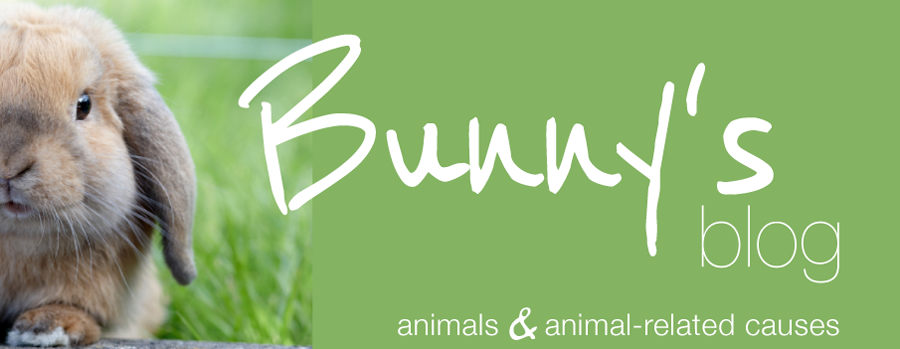Via PR Newswire - U.S. pet obesity rates continued to increase in 2012 with the number of overweight cats reaching an all-time high.
The sixth annual National Pet Obesity Awareness Day Survey conducted by the Association for Pet Obesity Prevention (APOP) found 52.5 percent of dogs and 58.3 percent of cats to be overweight or obese by their veterinarian. That equals approximately 80 million U.S. dogs and cats at increased risk for weight-related disorders such as diabetes, osteoarthritis, hypertension and many cancers.
"Pet obesity remains the leading health threat to our nation's pets." states APOP's founder Dr. Ernie Ward. "We continue to see an escalation in the number of overweight cats and an explosion in the number of type 2 diabetes cases."
New York-based veterinary endocrinologist and APOP board member Dr. Mark Peterson agrees. "The soaring rate of feline and canine obesity is taking a terrible toll on our animals' health. There is a vast population of overweight cats and dogs facing an epidemic of diabetes. The best preventive measure a pet owner can make is to keep their dog or cat at a healthy weight. Diabetes is far easier to prevent than treat, especially when twice daily insulin injections are needed."
Veterinary nutritionist and internal medicine specialist at the University of Tennessee's College of Veterinary Medicine Dr. Joe Bartges cautions that many pet owners don't recognize when their pet is overweight. "In this survey, approximately 45 percent of cat and dog owners assessed their pet as having a normal body weight when the veterinarian assessed the pet to be overweight."
Dr. Ward calls the phenomenon of incorrectly evaluating an overweight pet as normal "the fat gap." "The disconnect between reality and what a pet parent thinks is obese makes having a conversation with their veterinarian more challenging. Many pet owners are shocked when their veterinarian informs them their pet needs to lose weight. They just don't see it."
Certain breeds showed greater risk for excess weight. Veterinary healthcare providers classified 58.9 percent of Labrador retrievers and 62.7 percent of golden retrievers surveyed as overweight or obese.
Surgical specialist Dr. Steve Budsberg of the University of Georgia is particularly concerned about the development of weight-related musculoskeletal conditions. "Once again, our data shows that obesity is rampant and we are certainly setting up more and more dogs and cats for joint problems during their lives. This results in hundreds of millions of dollars in medical bills and countless surgical procedures for weight-related conditions. As a veterinary surgeon I find this extremely frustrating; this disease is easily treatable and even simpler to prevent. Feed your pet less, exercise them more and see your veterinarian at least once a year."
Read more about the results of the 2012 National Pet Obesity Survey at http://www.petobesityprevention.com/.


Regardless of the issue: spay/neuter, obesity, abuse etc. ALL change regarding pets begins with humans. In the U.S. human obesity sadly reflects the pet stats. Humans choose to eat another piece of pie or to give their cat another treat. Change begins with us.
ReplyDeleteYou're absolutely right Layla! People need to understand that they are loving their pets to death - literally! These pets are not overfeeding themselves!
Delete